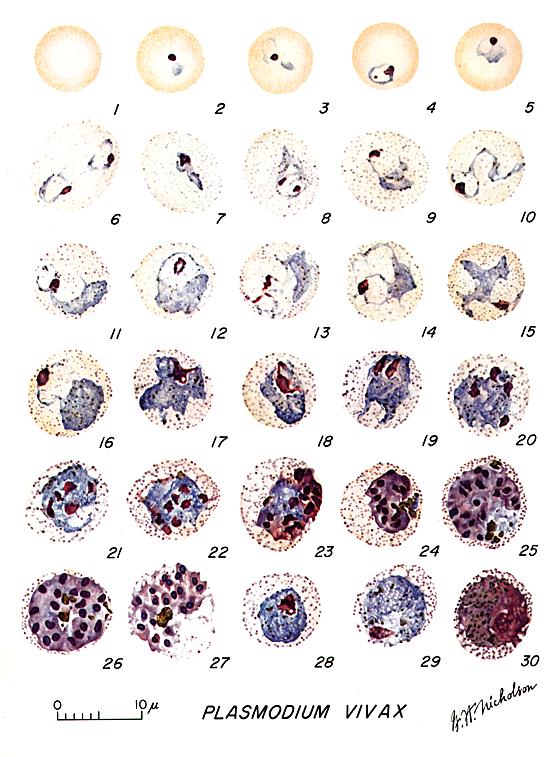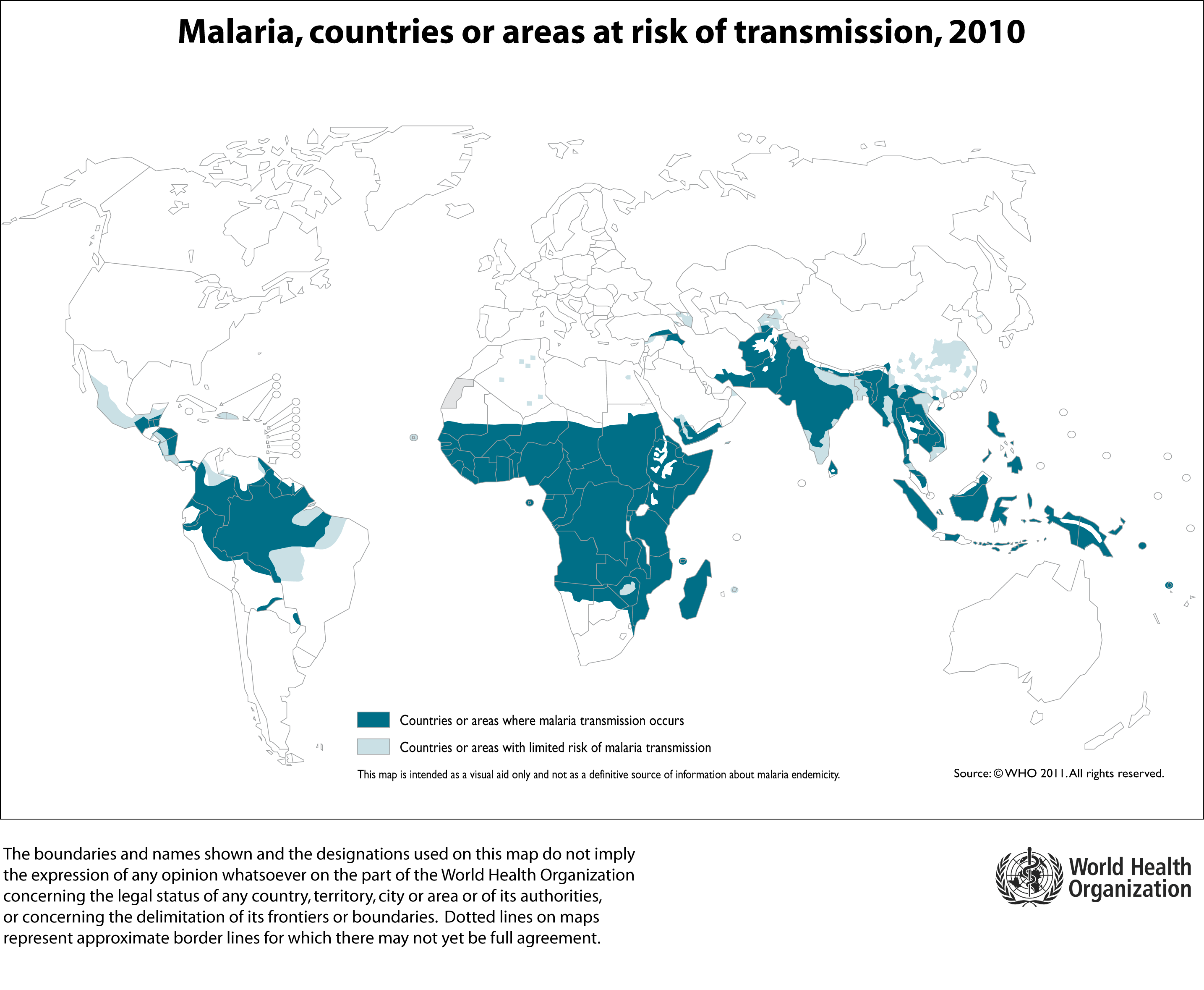QUESTION
I had malaria twice when I was 4 and 8 years old. I am 50 years old now but I have severe chills at least once or twice a month, muscle aches, fatigue severe head aches for the past 10-15 years with no apparent cause and my I take head ache medication for migraine (maxalt and excedrim) and my chills and fatigue is getting more frequent. I had no other history of any diseases. Is this symptoms a possible recurrent malaria.
ANSWER
Thanks for your question. One of the most common symptoms of malaria is high fever, which comes in cycles with chills in between. Without fever, it is unlikely that you are suffering from malaria.
However, there are some forms of malaria which can cause relapses. Specifically, Plasmodium vivax and P. ovale can form dormant liver stages which can then re-enter the blood causing a relapse of malaria infection and a recurrence of symptoms. To diagnose malaria in your case, next time you have an episode of chills, go to your doctor and ask for a blood test to check for malaria. S/he will either look at your blood under the microscope or perform a rapid diagnostic test, which tests for malaria-specific proteins, called antigens, in your blood.
In either case, it will tell you whether you have malaria, and which kind. If you have one of the relapsing kinds (P. vivax or P. ovale) then you may be able to take a course of a drug called primaquine which kills the dormant liver forms of the malaria parasite and thus prevents future relapses. However, people with G6DP deficiency should not take primaquine, so you should be tested for this deficiency prior to taking the drug.


